.png.transform/rendition-xs/image_image%20(1).png)
elBulli1846: the World's Best Restaurant, on Display
On June 15th, the elBullifoundation presented its new proposal: a museum to showcase the knowledge, innovation, and history of elBulli
elBulli was, indubitably, one of the most famous restaurants in the world—more innovative and experimental than almost any other throughout history. It received up to 1,000,000 reservation requests per year, yet only 8,000 lucky people were able to dine there. Chef Ferran Adrià made elBulli world famous; he became one of Spain's biggest celebrities and was considered the best chef in the world.
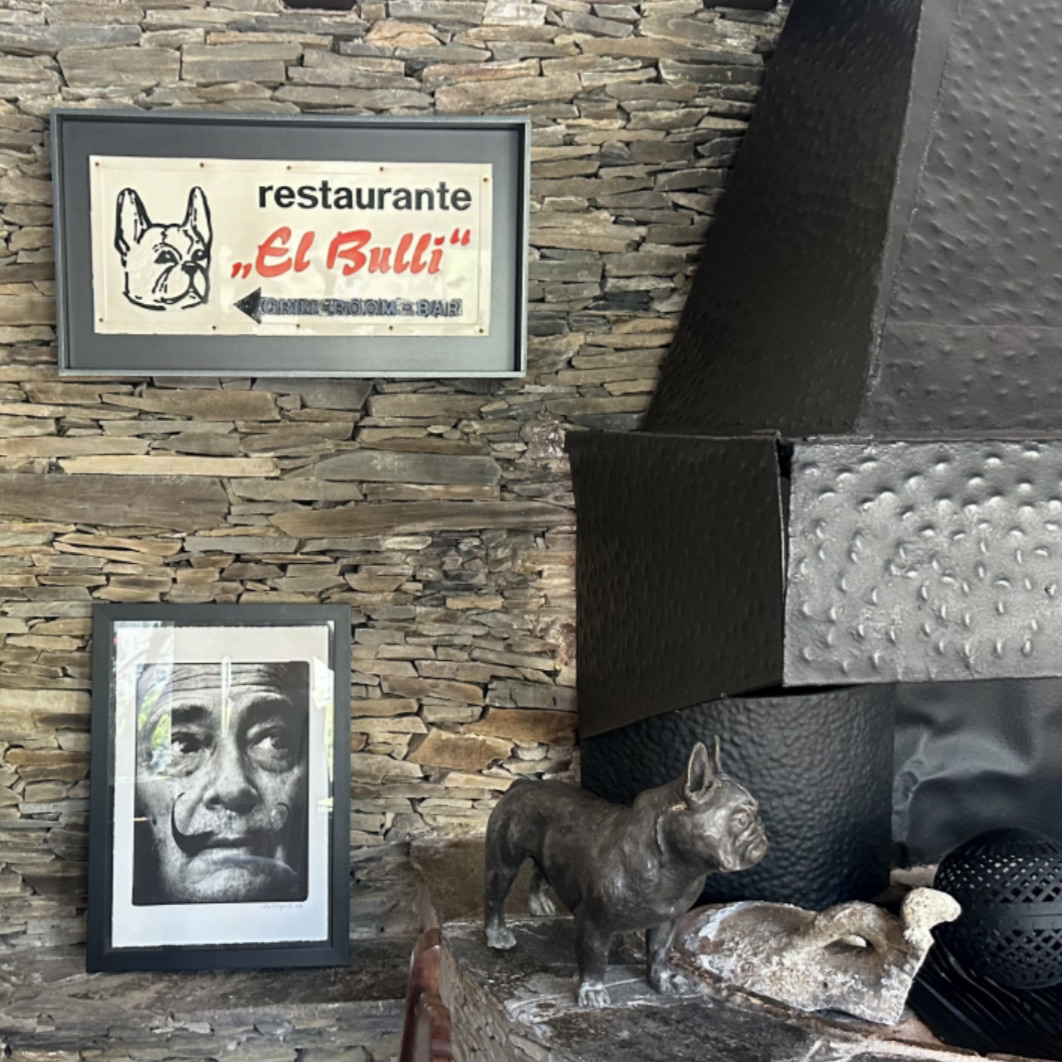
However, elBulli began as a small company with limited resources which, thanks to the hard work, constant research, and a lot of passion, changed the way we understand gastronomy. For years, they pushed the limits of the gastronomic experience and, in 2010, they found them; afterwards, they decided to close the restaurant and create the elBullifoundation.
Since then, Adrià and his team have worked to create an exhibition that allows us to understand how his restaurant changed the paradigm of global gastronomy and allows us to reflect on the relationship between knowledge and innovation. elBulli is still very much alive and, although it's aware of its past, it's also looking to the future to continue to make history.
As part of this new concept, elBulli1846 was created. August Escoffier, the precursor of modern cuisine, was born in 1846, and 1846 was also the number of dishes that were prepared at elBulli before it closed in 2011. The name of this new space pays tribute to the past.
The museum
The museum is in a unique location, in the mythical Cala Montjoi, in Cap de Creus Natural Park (Girona), and it expands over about 4,000 m2. Of those, 2,500 m2 are outdoors and 1,300 m2 are indoors, where research, innovation, and discussion come together.
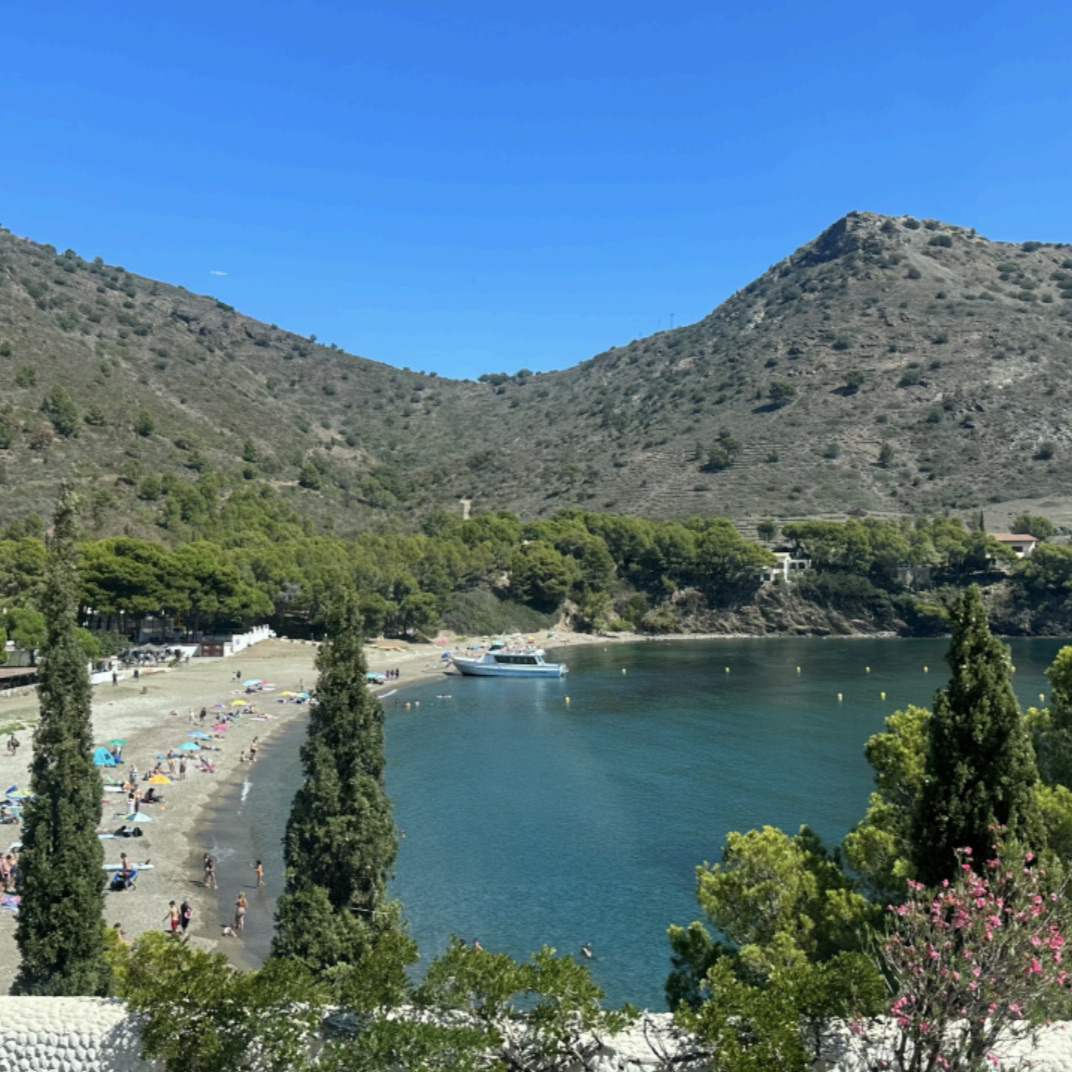
A tour can last more than two hours. During that time, visitors can learn more about the restaurant's history, see the former dining room and kitchen, and reflect on modern cuisine. They can also learn about all the projects undertaken by elBullifoundation, including Bullipedia and elBulliDNA.
The museum comprises four distinct spaces: the Outdoor Space, the Historical Building, Interdisciplinary Relations, and elBulliDNA. In total, there are 69 installations, grouped in 8 sections: "Reflections on cuisine and innovation," "Sapiens methodology and its applications," "Milestones in the history of elBulli restaurant," "The dining room," "The kitchen," "Interdisciplinary relations," "elBulliDNA," and "Farewell."
The outdoor space
The museum's itinerary extends through several outdoor installations, which encourage visitors to reflect on cuisine and innovation. With questions like "What is cooking?," "What is creating?," and "What is innovating?," Ferran Adrià urges visitors to take a journey through the entire history of cuisine, from the Paleolithic period to the present day.
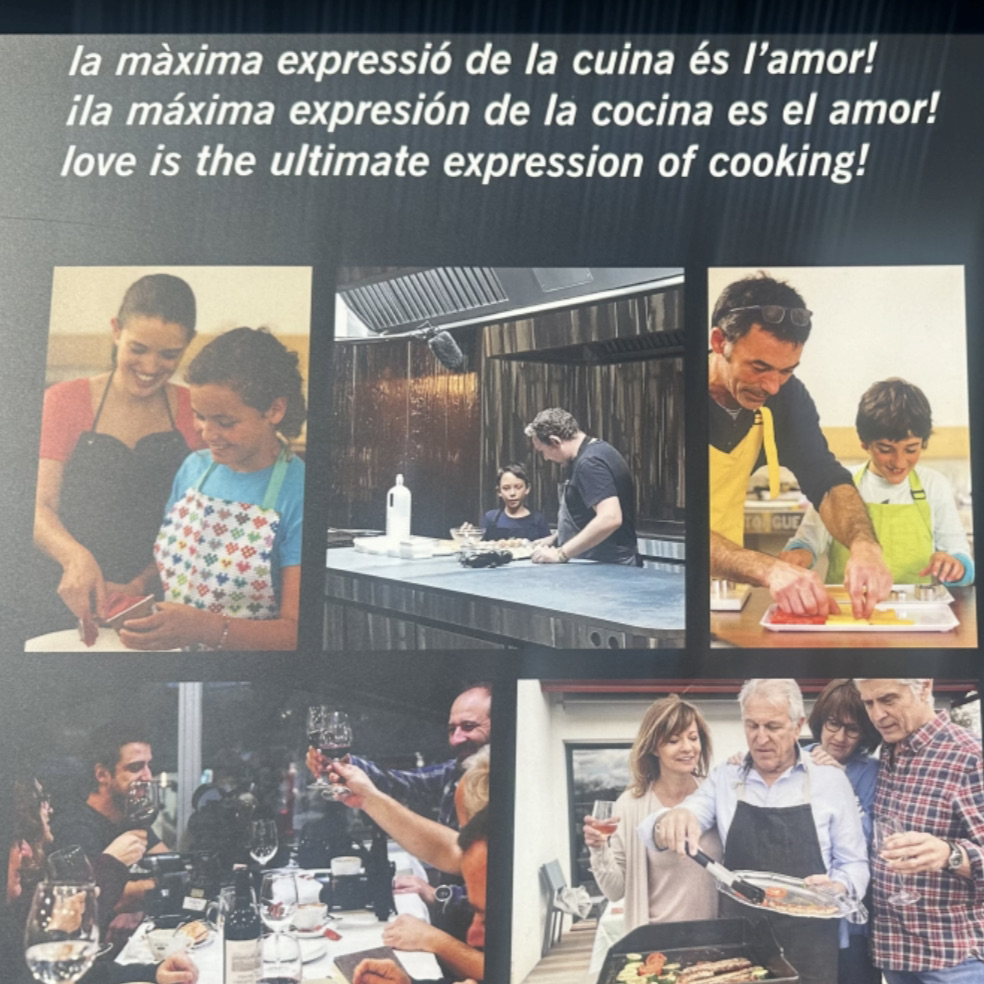
This area also features the Sapiens Methodology, a proprietary system embodied in the Bullipedia, the first encyclopedia on Western gastronomic restoration. This 50-volume collection is made up of more than 20 500-page books.
At the end of the outdoor tour, there's a sculpture that pays tribute to the Bullinianos who were part of the history of elBulli and who made it what it is today.
The historical building
One of the main attractions of this museum is that visitors can access the building that housed elBulli restaurant for 50 years, which has been fully preserved.
As soon as you enter, one of the iconic bulldogs welcomes you at the door, and there's a sign where you can read one of Ferran Adrià's most popular quotes: "Creativity is not copying."
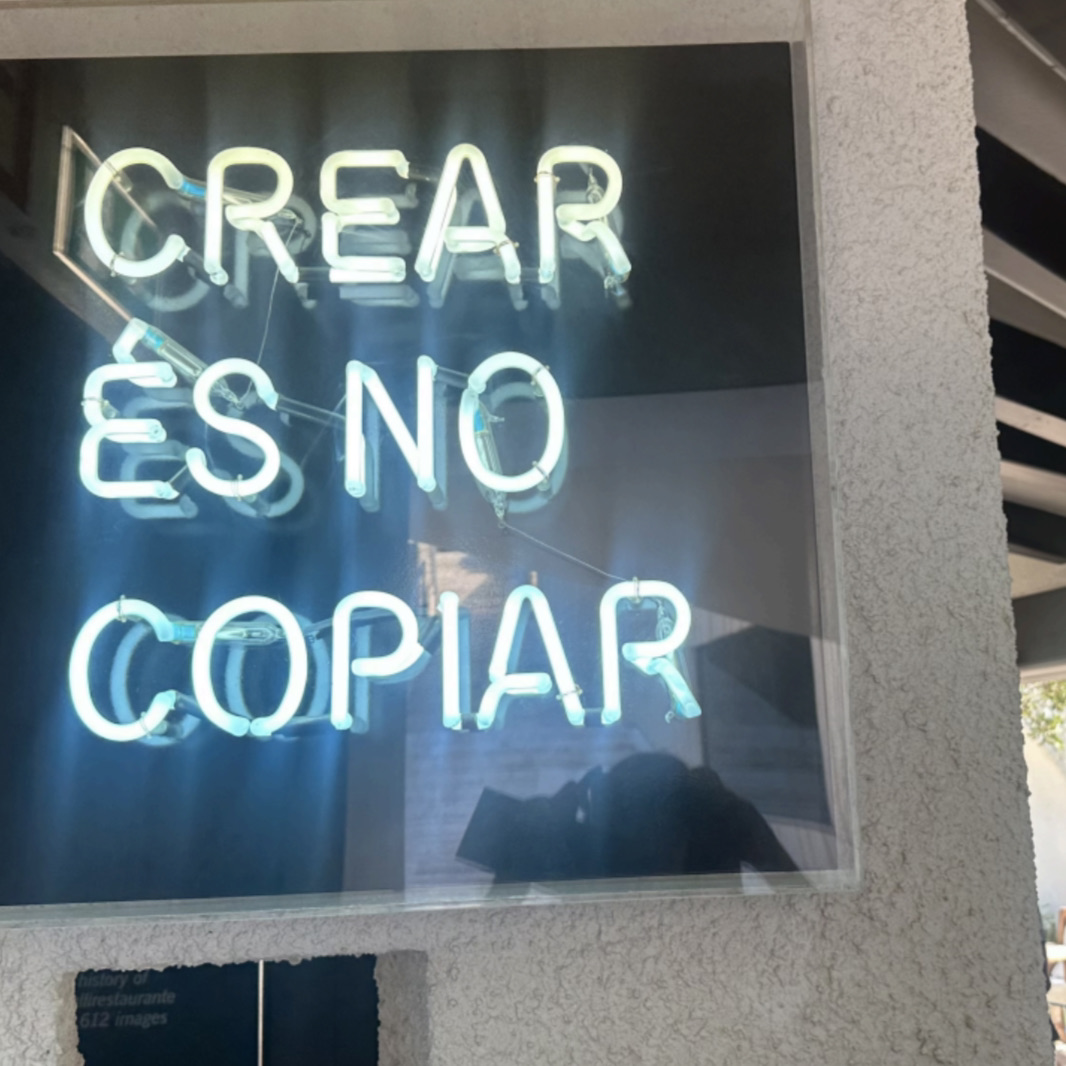
On its emblematic terrace, visitors can sit at table 25, which was the restaurant's most coveted spot, due to its stunning views of the cove. In the main room, everything is still in the same place as when it closed to the public: the tables, the art, the crockery and glassware, tablecloths, curtains, cushions, etc. Reliving the experience that thousands of people from all over the world enjoyed every year is a unique opportunity.
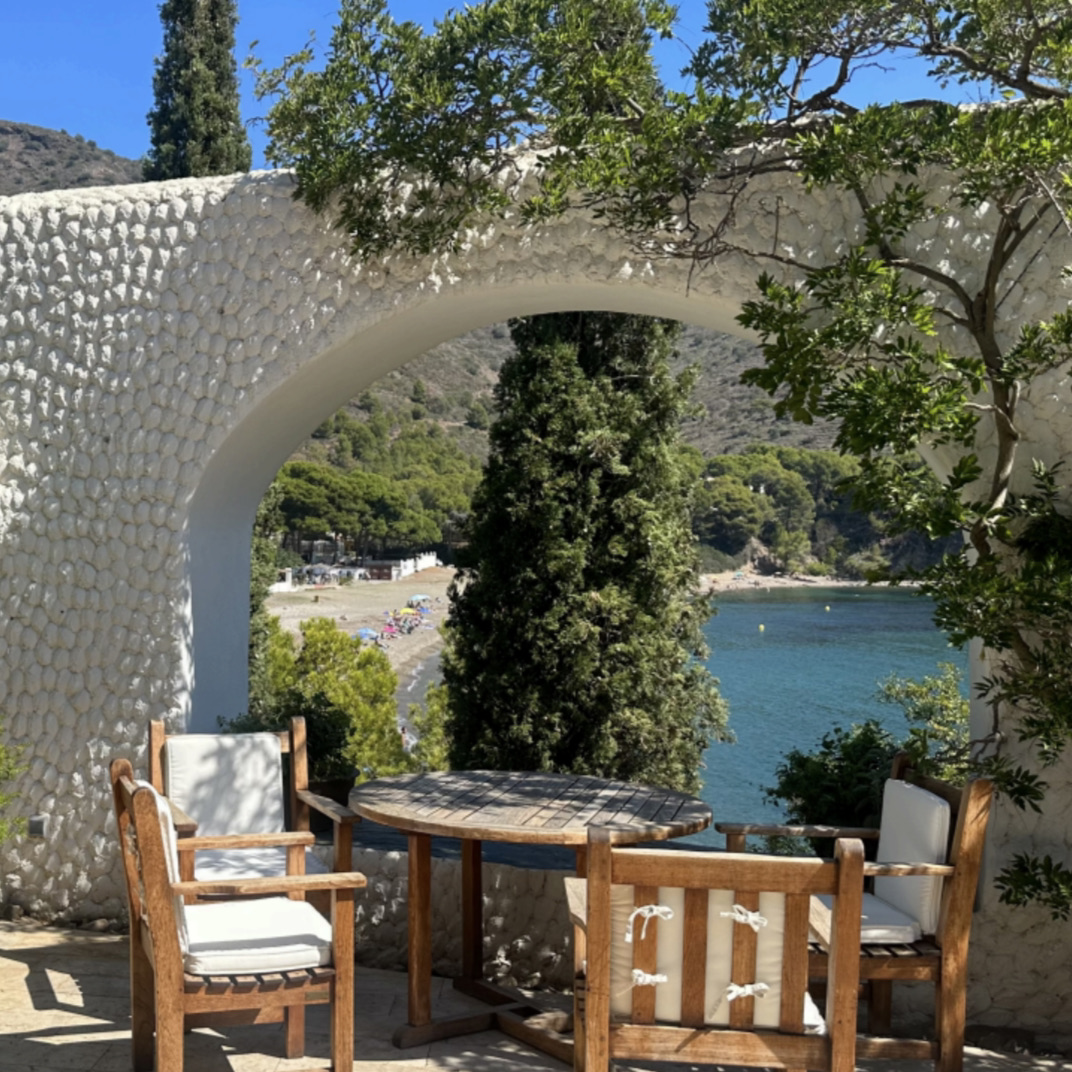
In the kitchen, there are 28 iconic and representative elaborations of elBulli's work. This area also explains some of the planning, organization, and operating systems used in the restaurant.
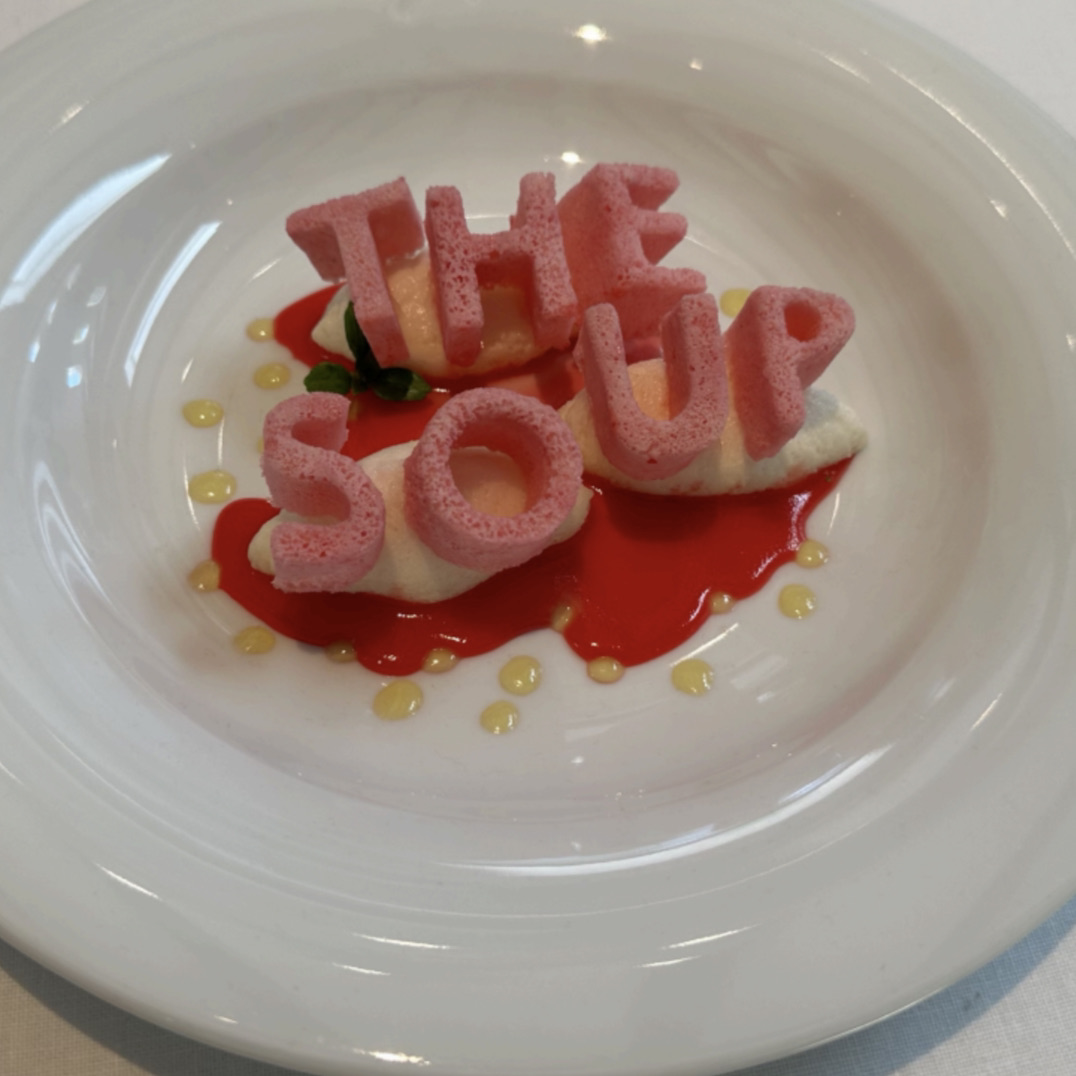
Relationships with other disciplines
This area explains what the elBulli team learned from other disciplines (such as journalism, photography, film, design, architecture, etc.) and what the team contributed to them. All of the publications discussed by elBulli and Ferran Adrià, as well as the chef's notebooks, maps, and notes that have been preserved, are also all on display.
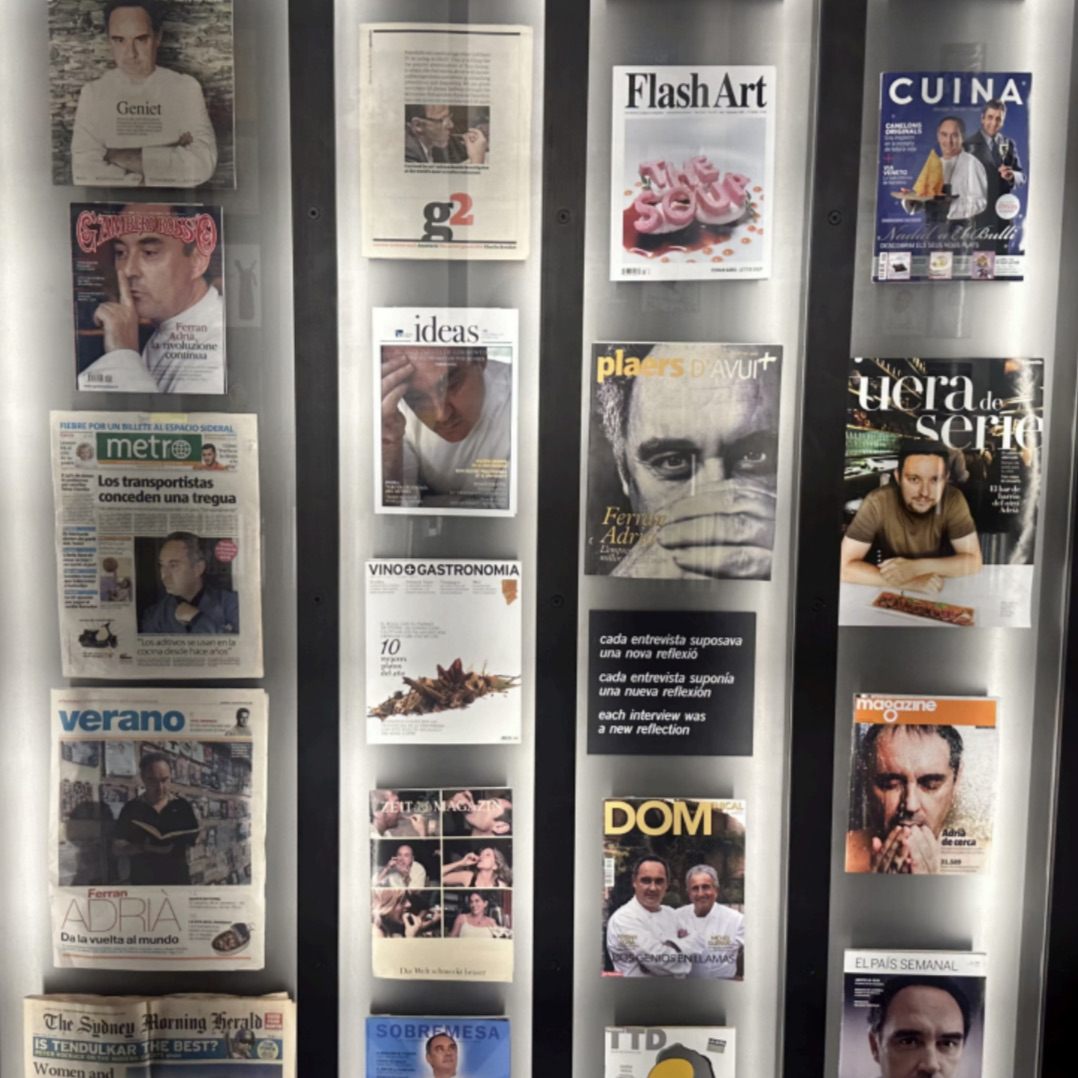
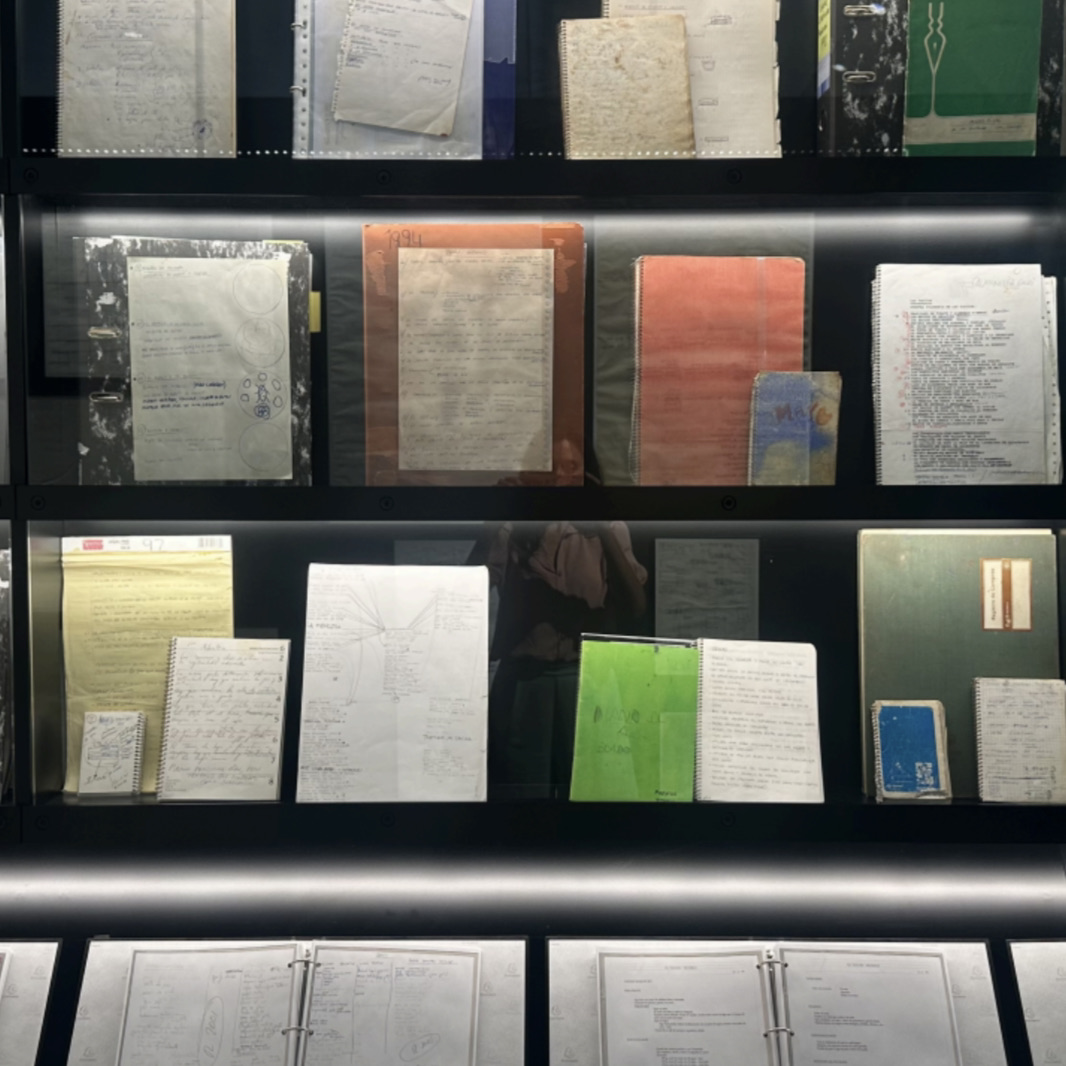
elBulliDNA
This last part of the tour is, surprisingly, shaped like a rock, blending into the landscape of Cap de Creus. It's a multi-purpose space that can be visited from June to September and showcases all the projects that have been carried out since 2011 by elBulliDNA; from October to May, it functions as a research center.
What's next?
elBulli1846 closed this past September with an average of 150 visits per day and was very well received by the public, which ensures the future of the project.
After the success of this first edition, the museum will be open for three months of the year, from June to September; the next opening will be in 2024. During the rest of the year, it will operate as elBulliDNA and will be dedicated to research, experimentation, and knowledge dissemination. A place where creativity and innovation are always cooking.

